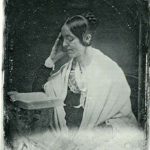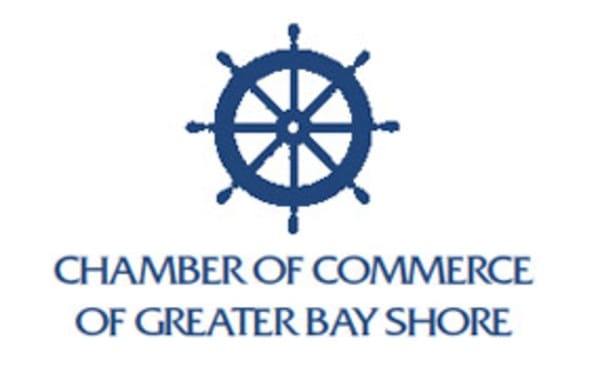
OUR SPONSOR
Greater Bay Shore coverage is funded in part by Shoregate, now leasing brand-new premium apartment homes in the heart of Bay Shore. Click here to schedule a tour.
On July 19, 1850, 19th century feminism died.
Similar to the unnavigable Atlantic waves smashing through the hull and pulling the Elizabeth to the abyss of the ocean floor; a strong current of masculinity with no leader to navigate through it pulled feminism back into the depths of society.
By Christopher Verga |

Margaret Fuller was born May 23, 1810 in Cambridgeport, Mass. Growing up in an upper middle class household, Fuller was able to obtain quality education.
Becoming a rising star in the study of Transcendentalism, she published her first book, Summer on the Lakes.
The success of this book attracted the attention of Horace Greeley who gave her a job as a literary critic and foreign correspondent with the New York Tribune.
Using her new notoriety, she published Women in the Nineteenth Century, which addressed feminist issues of her day. People started to talk. Political and elite circles finally began a public dialogue about the roles — and possible inequitable treatment — of women.
While in Europe, Fuller fell in love with and married Italian revolutionary, Giovanni Ossoli. In the summer of 1850, Ossoli, Fuller and their child set sail for New York on the freighter Elizabeth.
The five-week voyage was marked by trouble from the start. After a week at sea, smallpox killed the ship’s well-seasoned captain, Seth Hasty. His unanticipated death put the well-being of the passengers and crew in the hands of an inexperienced captain.
Then on July 19, 1850, at 3 a.m., an unsuspected storm hit the Elizabeth while off the coast of current day Point O’ Woods on Fire Island.
Wild gusts and waves became too much for the inexperienced crew, and the boat struck a sand bar not far offshore. Increased waves and winds made it impossible for U. S. Lifesaving Service to land a secure line on the deck, and life boats were unable to penetrate the rough surf.
Fuller and Ossoli reached the deck, but a crashing wave washed them over board; their infant son drowned while a crew member attempted to swim to shore with him. The aftermath included eight people dead from the wreck of the Elizabeth.
The publicized carnage of the wreck forced Congress to allocate funds to the construct a bigger and more effective lighthouse, which is the present Fire Island Lighthouse.
Lost through the tides of history was Fuller and her legacy.
The wreck may have killed Fuller and the emerging movement, but her ideas never died. The coming generations saw several women attempting to pick up where Fuller left off.
A recipient of this inspiration was Mary Louise Booth, who was born and raised in Yaphank.
Booth, founding editor of fashion magazine Harper’s Bazar, planted the seeds of self-sufficiency among women which , strengthened the women’s suffrage movement.
The ultimate test and challenge of Fuller’s and Booth’s legacy, can be seen in gender income inequality.
Headlines covering the #MeToo Movement or the Washington D.C. Women’s March still work as catalysts of change, beating back the turbulent waves of masculinity, which works to drown the out cries of women’s demands for equality.
Click here for additional information from Fire Island National Seashore.
Fire Island Lighthouse photo by Mike Busch/FireIslandandBeyond.com.






























